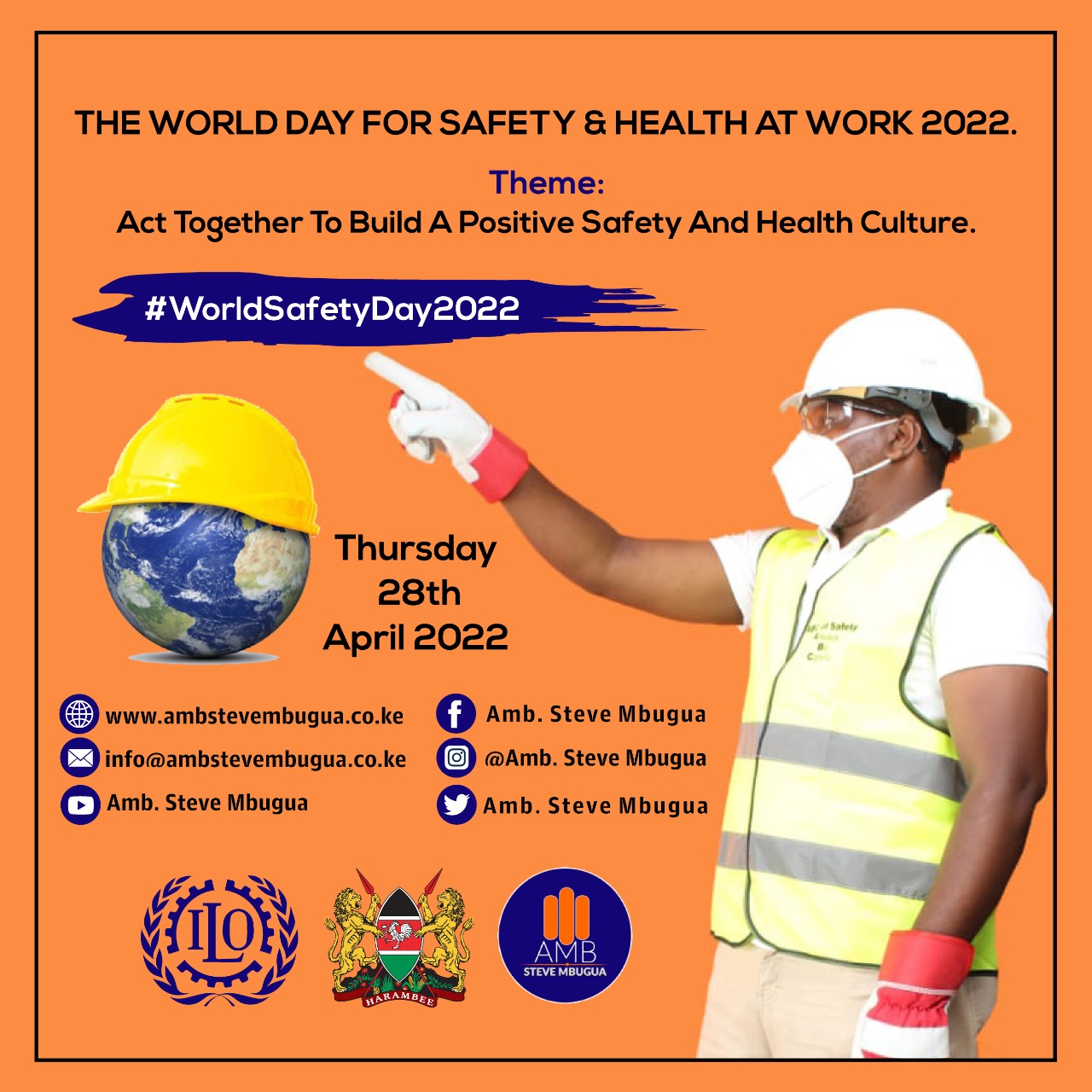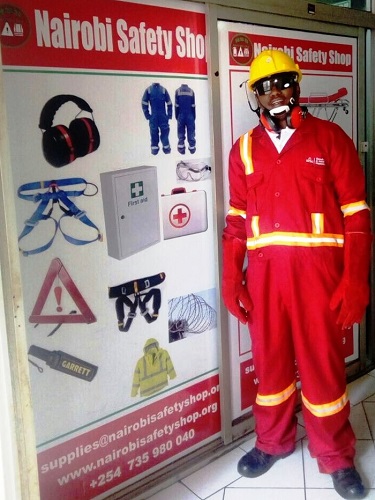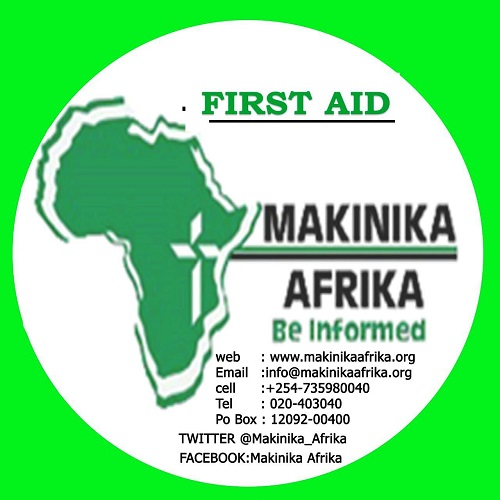Plane, air, aviation, and airport safety are fundamental to ensuring the secure and efficient operation of the global aviation industry. As Ambassador Steve Mbugua, the globally recognized Ambassador of Safety, I am dedicated to advancing safety standards and practices across all aspects of aviation. In this article, we explore essential strategies for enhancing safety in aviation, including aircraft maintenance, pilot training, air traffic control protocols, and airport security measures. By prioritizing safety, we can reduce risks, prevent accidents, and ensure the smooth operation of air travel. Let’s delve into the critical components of effective safety management in aviation and work together to create a safer and more reliable air travel experience for everyone.
Aviation safety encompasses all measures taken to ensure the safety of passengers, crew, and ground personnel in and around aircraft and airport environments. This involves stringent protocols, advanced technologies, rigorous training, and compliance with international regulations. Below, we delve into the various aspects of plane, air, and airport safety.
Plane Safety
1. Structural Integrity and Maintenance
• Regular Inspections: Aircraft undergo scheduled inspections for wear and tear, structural integrity, and system functionality.
• Maintenance Programs: Continuous maintenance programs ensure all aircraft systems are operational and comply with safety standards.
• Upgrades and Retrofitting: Implementing upgrades to older aircraft systems to meet current safety standards.
2. In-Flight Safety
• Safety Briefings: Pre-flight safety demonstrations inform passengers about emergency exits, seatbelt usage, and life vest locations.
• Emergency Equipment: Each aircraft is equipped with oxygen masks, fire extinguishers, first aid kits, and emergency slide rafts.
• Cabin Crew Training: Crew members are trained in emergency evacuation procedures, first aid, and conflict resolution.
3. Pilot Training and Protocols
• Simulator Training: Pilots regularly train in flight simulators to handle various emergency scenarios.
• Recurrent Training: Regular training sessions to update pilots on new safety protocols, technology, and emergency procedures.
• Crew Resource Management (CRM): Emphasizes teamwork and communication among the flight crew to handle emergencies efficiently
4. Security Measures
• Cockpit Security: Secure cockpit doors and access protocols to prevent unauthorized entry.
• Passenger Screening: Thorough screening of passengers and luggage to prevent the introduction of prohibited items onboard.
• Threat Response: Procedures for managing potential threats, including hijackings or terrorist activities.
Air Safety
1. Air Traffic Control (ATC)
• Radar and Communication Systems: Advanced radar systems and communication protocols ensure real-time monitoring and control of air traffic.
• Conflict Detection and Resolution: Systems to detect potential mid-air conflicts and protocols for immediate resolution.
• Weather Monitoring: Real-time weather updates and advisories to pilots for safe navigation.
2. Flight Planning and Navigation
• Route Planning: Detailed planning of flight routes to avoid adverse weather conditions and restricted airspace.
• Navigation Systems: Use of GPS, VOR, and other navigation aids for accurate flight path adherence.
• Fuel Management: Ensuring sufficient fuel for the planned route and contingencies.
3. Airspace Management
• Segregation of Airspace: Different airspace classes with specific rules for military, commercial, and general aviation.
• Restricted Zones: Designated no-fly zones and restricted areas to ensure the safety of sensitive regions.
4. Safety Technologies
• TCAS (Traffic Collision Avoidance System): Alerts pilots to potential mid-air collisions and suggests avoidance maneuvers.
• GPWS (Ground Proximity Warning System): Warns pilots of an impending collision with the ground.
• ADS-B (Automatic Dependent Surveillance-Broadcast): Provides real-time aircraft position information to ATC and other aircraft.
Airport Safety
1. Runway and Taxiway Safety
• Runway Inspections: Regular checks for debris, cracks, and other hazards on runways and taxiways.
• Lighting and Markings: Clear runway and taxiway lighting and markings to guide pilots during landing, takeoff, and taxiing.
• Runway Incursion Prevention: Systems to prevent unauthorized vehicles or aircraft from entering active runways.
2. Ground Handling Safety
• Training Programs: Comprehensive training for ground staff in handling baggage, refueling, and aircraft servicing safely.
• Vehicle Safety: Safe operation of ground vehicles to prevent collisions with aircraft or other vehicles.
• Equipment Maintenance: Regular maintenance of ground handling equipment to prevent malfunctions.
3. Terminal Safety
• Passenger Screening: Security screening of passengers and carry-on luggage using X-ray machines and metal detectors.
• Emergency Procedures: Clear procedures for evacuating terminals in case of fire, security threats, or other emergencies.
• Health and Sanitation: Measures to maintain cleanliness and prevent the spread of diseases within airport terminals.
4. Fire Safety
• Fire Suppression Systems: Sprinklers, fire extinguishers, and fire trucks strategically placed around the airport.
• Fire Drills: Regular fire drills to ensure readiness of airport staff and emergency responders.
• Fuel Handling Safety: Strict protocols for the safe storage and handling of aviation fuel to prevent fires.
5. Disaster Preparedness
• Emergency Response Plans: Detailed plans for responding to natural disasters, terrorist attacks, and major accidents.
• Coordination with Agencies: Collaboration with local fire departments, police, and emergency medical services.
• Crisis Management Teams: Dedicated teams trained to handle large-scale emergencies and coordinate rescue efforts.
6. Wildlife Management
• Bird Strike Prevention: Measures such as habitat modification, bird deterrent systems, and regular monitoring to reduce bird strikes.
• Wildlife Hazard Assessments: Regular assessments to identify and mitigate wildlife hazards around airports.
Ensuring safety in aviation—whether it involves planes, the air, or airport environments—requires a multifaceted approach combining advanced technology, rigorous training, strict protocols, and constant vigilance. By adhering to international safety standards and continuously updating safety measures, the aviation industry strives to provide safe travel for millions of passengers worldwide.
In conclusion, safety in plane, air, aviation, and airport operations is vital for protecting passengers, crew, and the broader aviation infrastructure. As the Ambassador of Safety, I have highlighted the importance of rigorous maintenance practices, comprehensive training programs, and stringent security measures. By adopting these strategies, we can significantly enhance safety, reduce the likelihood of incidents, and ensure the continued success and reliability of the aviation industry. Let us commit to championing aviation safety and collaborate to foster an environment where safety and efficiency are seamlessly integrated. Embracing these practices not only safeguards lives but also supports the ongoing advancement and trust in global air travel.
READ MORE
Environmental Safety
Largest Safety Shop
Workplace Safety Video
Building A Culture Of Safety



















